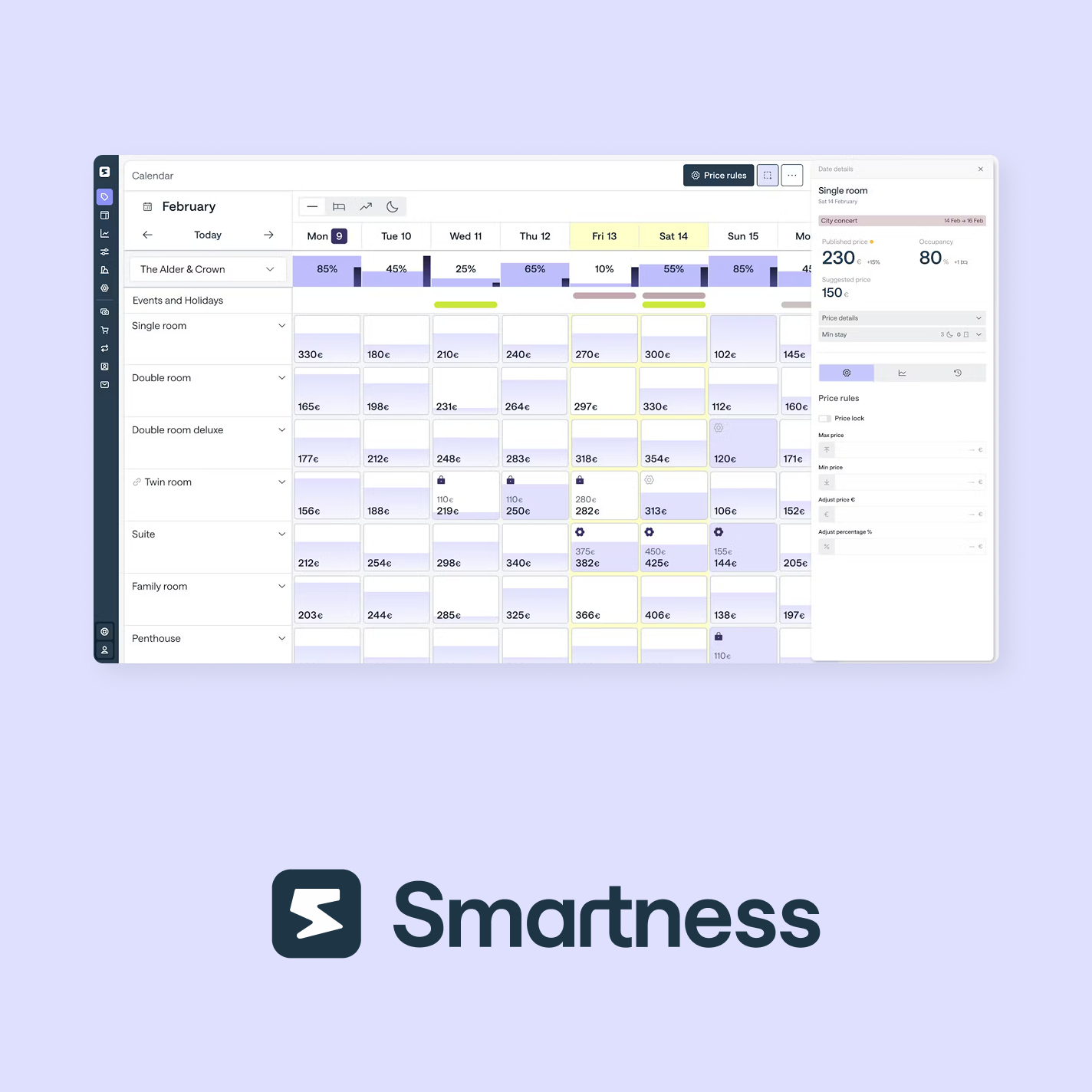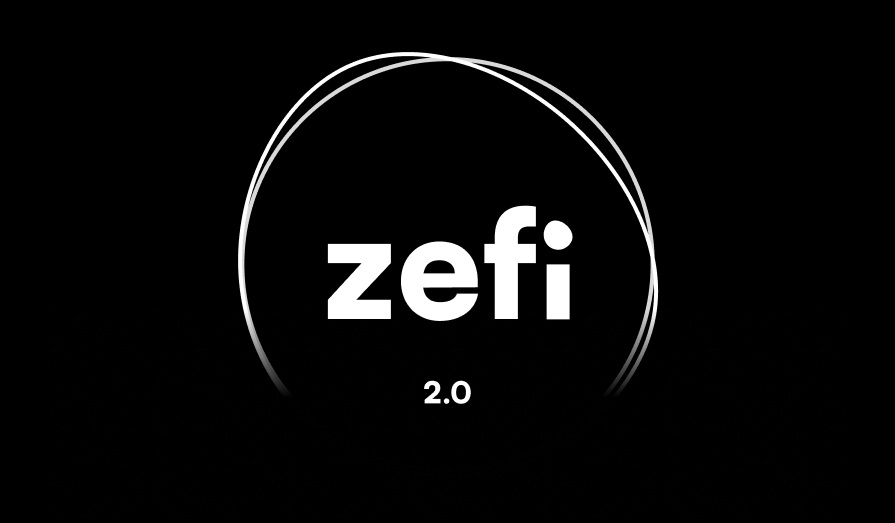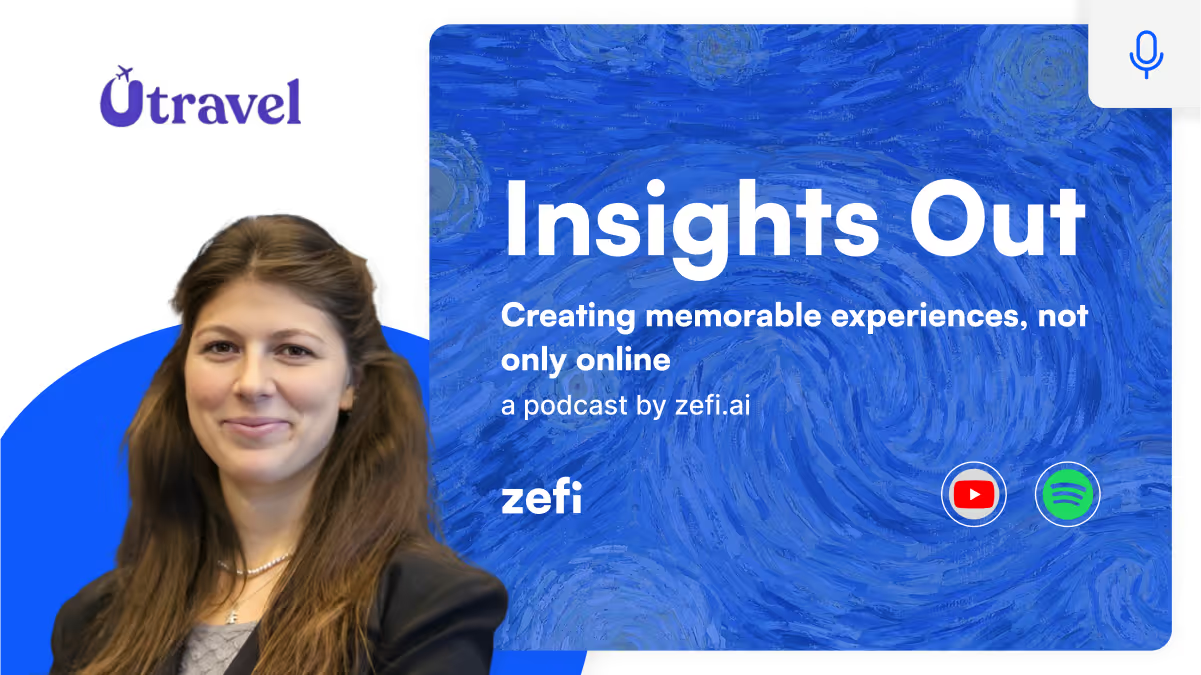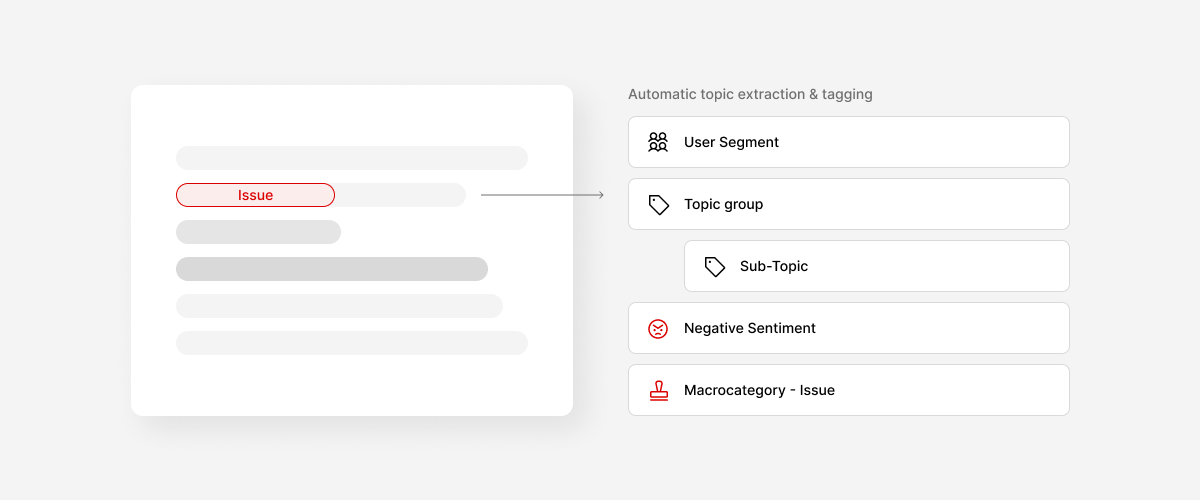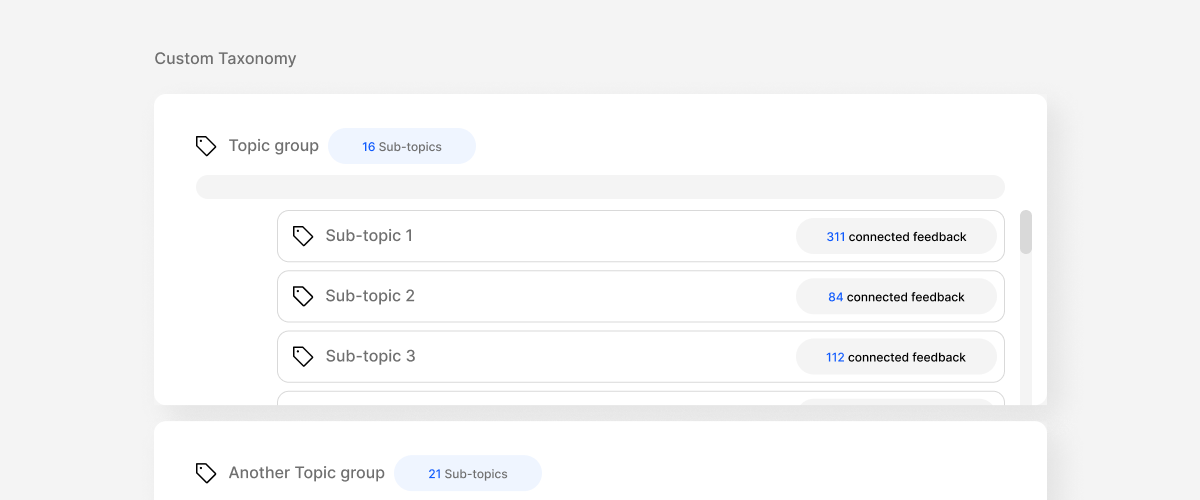Epics: Organizing Large-Scale Work in Agile Development
Agile project management relies on epics to structure and organize development tasks. Essentially, an epic is a large body of work that is further divided into smaller, more manageable tasks called user stories. These epics often span multiple sprints (development cycles), teams, and even projects.
Why Use Epics?
Epics offer several advantages:
- Prevent feature overload: By focusing on core needs instead of features, epics help avoid building products loaded with unnecessary functionalities.
- Uncover hidden opportunities: They can reveal unspoken user needs and potential market gaps, leading to innovative solutions.
- Prioritize effectively: Understanding the jobs users are trying to accomplish with your product allows you to prioritize features based on their relevance and impact.
Understanding an Epic's Structure:
An epic goes beyond just functionality; it encompasses:
- Functional aspects: The core task or problem the user needs to solve.
- Personal emotional aspects: The user's feelings and aspirations associated with the task.
- Social emotional aspects: The social and societal factors influencing their decision-making.
For example, consider someone "hiring" a car. The functional job might be getting from point A to B. However, personal emotional aspects could involve feelings of comfort and safety, while social aspects could involve projecting a certain image.
Putting Epics into Action:
- Discover the Job: Conduct user research to understand the context and motivations behind user choices.
- Craft the Statement: Once you've identified underlying needs, express them clearly using the following structure:
- Action verb: What the user wants to accomplish.
- Object of action: What the user wants to accomplish it with.
- Clarifier: The specific context or situation surrounding the job.
- Craft Outcome Statements: Define the desired and undesired outcomes associated with the job, for both the user and your product/service.
Epics in the Agile Framework:
Understanding the role of epics within the broader agile structure allows teams to make informed decisions and work towards larger strategic goals.
The Roadmap:
The product roadmap outlines the product's development plan, aligning the entire organization. It details the product's evolution over time, including timelines, feature releases, and goals.
Themes:
Themes are long-term strategic objectives with a broader scope. They provide context for decision-making and guide the product strategy within the organization. Agile themes sit at the top of the work breakdown hierarchy and drive the creation of epics.
Epics vs. User Stories:
Epics are collections of tasks or user stories. They break down development work into smaller, deliverable components while ensuring daily work remains connected to the larger theme. Epics are more specific than themes and measurable, allowing product managers to track their contribution to the organization's goals.
User stories are the smallest work units in agile. Written from the user's perspective, they briefly explain a product feature and how it will provide value to the user. Some organizations might categorize larger user stories (those that cannot be completed within a single sprint) as epics, while others might break them down into sub-tasks.
Example of an Agile Epic:
Imagine you're a senior product manager for an online travel agency facing a 30% drop in bookings due to current events. The team decides to pivot and compete in the experiences market. Here's how the agile product team might plan the pivot:
Theme:
Transition from a traditional accommodation agency to a complete online provider of experiences and activities.
Epics:
- Launch an online marketplace for experience providers and end-users.
- Create an onboarding program for experience providers.
- Expand the current booking system to support experiences and activities.
- Build a mobile app to attract a younger audience of experience buyers.
These epics all relate to the same theme but need to be further broken down into smaller stories for delivery.
Breaking Down Epics into Stories:
The epic "Launch a marketplace for experiences" might include stories ranging from building the customer-facing website to attracting experience providers and users to the new marketplace. This epic will be delivered over several sprints by members from various teams.
Story Examples:
- Develop the signup process for experience providers (assigned to the development team).
- Design a single experience view (assigned to the product design team).
- Reduce loading time in the experience search (assigned to the IT Operations team).
- Write a launch newsletter (assigned to the marketing team).
Best Practices for Creating Epics
Here are some key practices to follow when creating epics:
- Involve the whole team: While the product manager typically writes the epic and maintains its specifications, collaboration with the entire team is crucial. Engage engineers and designers while writing requirements, ensuring everyone understands the epic's goals.
- Structure the epic specs: Bindiya Thakkar suggests a basic four-section structure:
- Introduction: Explain the "why" and "what" of what you're building.
- Product requirement: Briefly explain what the team will design, build, and release.
- Technical requirement: Specify technical considerations and constraints.
- Design requirement: Outline design guidelines and user interface expectations.
- Select a metric: Define a metric you plan to track to measure the success of the new features introduced through the epic. This keeps the team motivated and stakeholders informed of progress.
- Ensure appropriate length: Epics take longer than user stories, but avoid excessively long durations. As a general rule, two weeks is considered a good upper limit.
- Identify blockers: Once finalized, track the progress of stories related to the epic. This helps identify any obstacles hindering the team's completion of the epic.
By following these best practices, you can create clear, well-defined epics that guide your team towards successful product development within the agile framework.









